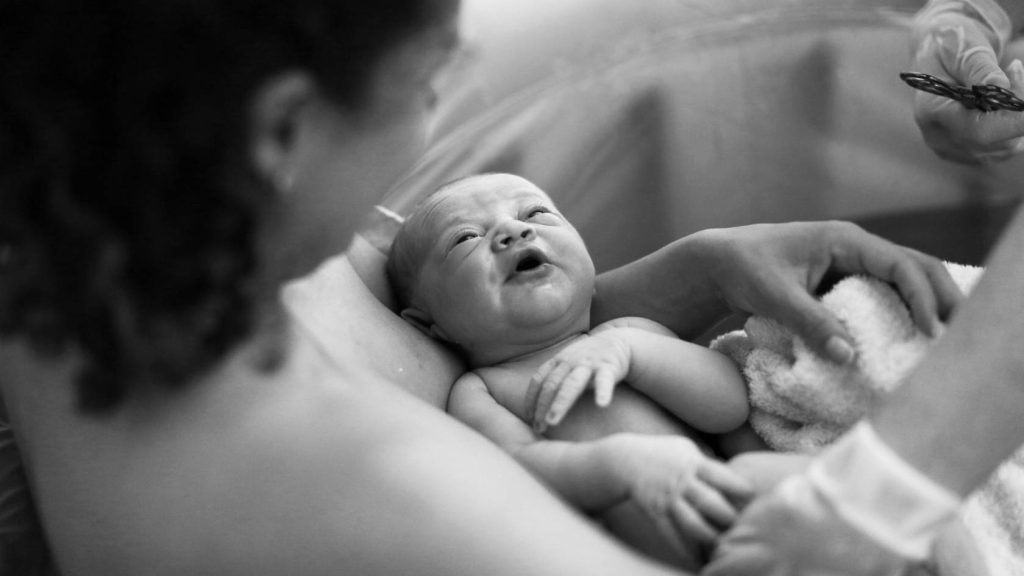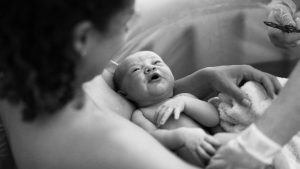From Home to Hospital: The Shifting Story of Birth in Australia
Once upon a time, in the red dust of Australia’s past, birth was a community event. Women gave birth at home, surrounded by the familiar voices of family, friends, and local midwives. Birth was private, sacred, and deeply human. But over the past two centuries, something shifted — and not necessarily for the better.
This is the story of how birth in Australia transitioned from home and heart to hospitals and hierarchies, and why reclaiming informed choice is more important now than ever.
Wisdom of the First Midwives: Aboriginal Birthing Traditions
For tens of thousands of years, Aboriginal women gave birth on Country, supported by kin, culture, and ceremony. Senior women — wise custodians of generations of birthing knowledge — attended births, using natural medicines, bodywork, and storytelling to calm, encourage, and guide the birthing woman. There was deep reverence for the spiritual journey of bringing life Earthside.
When white settlers arrived, many relied on this wisdom. Aboriginal women were known to assist white women in childbirth — often more experienced than the newly arrived doctors or “lay midwives” from Europe. Sadly, colonisation disrupted these sacred systems, and much of the rich cultural knowledge of Aboriginal birthwork was marginalised or erased.
The Home Birth Era: Women Helping Women
In the early colonial years, birth continued to be largely a home-based affair. Most communities had a local midwife — often older women who’d gained experience through attending births. These women weren’t formally trained, but their hands knew the rhythm of labour, the scent of a healthy newborn, and the power of reassurance whispered between contractions.
Women supported one another. Sisters, aunts, neighbours came to assist, and birth unfolded in bedrooms, living rooms, or under the stars. This community-based model wasn’t perfect, but it was intimate, respectful, and personal.
The Rise of the Hospital and the Fall of the Midwife
With the growth of cities and the establishment of hospitals in the 1800s (notably Sydney Hospital in 1816 and Melbourne’s Royal Women’s in 1856), attitudes toward birth began to change. Medicine — a profession still male-dominated and newly formalised — positioned itself as the superior authority on childbirth.
Hospitals were promoted as “safer” places to give birth. Women, especially those in poverty or unmarried, were encouraged or coerced to deliver in institutional settings. Gradually, home birth became associated with being “uneducated” or “risky,” and the era of medical dominance began.
Midwives vs Obstetricians: A Political Power Struggle
From the 1900s onward, a tense relationship developed between midwives and the rising field of obstetrics. While midwives focused on physiological, natural birth, obstetricians increasingly saw birth as a medical event—something to be controlled, managed, and, if necessary, intervened upon.
Midwifery was slowly pushed aside. In many states, midwives had to be supervised by doctors or weren’t allowed to practice autonomously. This wasn’t just professional rivalry—it was steeped in misogyny. Male doctors, often with no lived experience of birth, dictated policy, practice, and education, marginalising the women who had been attending births for centuries.
The Age of Intervention: Epidurals, Forceps & C-Sections
As medicine advanced, so did the tools of intervention:
- Forceps and vacuum extraction became standard during the pushing phase, often with little explanation or consent.
- Epidurals became increasingly common in the 1970s and ’80s, marketed as a modern comfort—but with hidden consequences.
- Caesarean sections, once life-saving measures, now account for over one-third of Australian births.
Epidurals, in particular, have a profound link to rising C-section rates. Once administered, they can:
- Slow labour progression
- Increase need for synthetic oxytocin (to speed it up)
- Increase the chance of assisted delivery (forceps, vacuum)
- Heighten the likelihood of fetal distress
This cascade of intervention often leads to a C-section — a major abdominal surgery with long-term effects.
Postnatal Depression and the Cost of Disempowerment
Modern research shows that women who experience high-intervention births — especially unplanned C-sections — are more likely to suffer postnatal depression. Why?
Because trauma and loss of control matter. When birth is taken out of a woman’s hands, when decisions are made without her understanding or consent, when she is spoken over or dismissed, it leaves a scar that goes far deeper than the physical.
Depression, anxiety, and disconnection from the baby can all stem from birth trauma — yet this is rarely acknowledged in hospital birth debriefs.
Where We Are Now: A Slow Reclaiming
Thankfully, there is a growing movement back to choice, respect, and midwifery-led care. Across Australia:
- Women are seeking continuity of care with known midwives.
- Independent childbirth education is on the rise.
- Home birth, while still rare, is being reclaimed as a safe, empowering choice for low-risk women.
- Doulas are providing much-needed emotional and informational support.
But the system is still slow to change. Medical dominance remains, and true informed choice is not yet the norm.
What Can We Learn?
That birth is not simply a medical event. It is a rite of passage. A physical, emotional, and spiritual unfolding.
The history of birthing in Australia teaches us that powerful births happen when women are trusted, informed, and surrounded by care that uplifts, not controls.
It’s time to honour that truth — and build a future where every woman is free to birth her way.
Need Support or Want to Learn More?
Julie Clarke
Independent Childbirth Educator Birth & Postnatal Doula Trainer
0401 265 530
www.julieclarke.com.au
[email protected]





